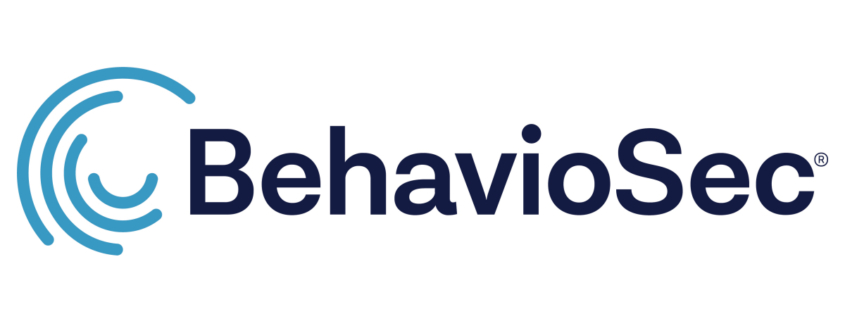BehavioSec Granted U.S. Patents for Mobile Authentication and Social Engineering Detection
SAN FRANCISCO–(BUSINESS WIRE)–BehavioSec, the industry pioneer and technology leader for behavioral biometrics and continuous authentication, today announced the successful grant of two additional U.S. patents for its innovative method of verifying user identity and detecting fraud. Since its 2008 founding, BehavioSec has successfully been granted 24 U.S. patents, demonstrating the company’s continual commitment to the innovation and development of behavioral biometrics technology. With this new addition to their patent portfolio, BehavioSec technology can better protect digital identities and consumers on mobile devices from increasingly sophisticated, social engineering attacks – helping stop fraud before the damage is done.
Today, BehavioSec already protects over 180 million people and 20 billion annual transactions across the globe. But as mobile devices continue to increase as a means of conducting financial transactions and accessing account information, consumers and institutions are often trading security and placing more value on the convenience and experience of using them. The new BehavioSec patent US20200074053A1 offers a leap forward in protecting the over 3 billion Android devices in use today. The technology behind this patent allows BehavioSec customers to double the actionable intelligence gleaned from each Android keystroke – without friction, latency, or intrusive data collection. This new technology also instantly matches mobile digital identities against their inherent and unique behavioral biometrics profiles – securing them from fraud like banking trojans, remote access attacks, device theft, and social engineering scams.
For social engineering scams (when legitimate customers are tricked or coached into fraudulent transactions), the new BehavioSec patent US20210117979A1 improves the detection and blocking of these scams at scale. It is a further advancement of the company’s 2019 patent US20200118138A1 that enhanced accuracy and added new methods of detection on mobile devices. With this defensive layer, institutions have greater sensitivity and visibility into subtle behavioral anomalies resulting from stress, hesitation, and…

